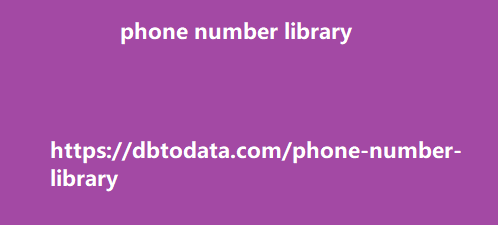In fact, making your website on HTTPS is one of the most known minor ranking factors. Not only does this affect rankings but it may also affect user experience. message to a user before entering a non-secured website. This can scare away users and it’s definitely a loss of traffic. Submit your Website on Google Search Console Google Search Console Submitting your website to Google Search Console (GSC) should be the first thing that you need to do once your website is up and running. Verifying your website on Google Search Consoles guarantees that your website appears on the search results.
There are a lot of other benefits as well
Having your website on GSC allows you to monitor your organic clicks and impressions. Google will also notify you of errors when crawling and indexing your website through GSC. Have a proper XML sitemap Learn SEO XML Sitemap An XML sitemap file is the list of all URLs on your website. You then submit the sitemap to Google Search Console. Google treats all URLs in the sitemap as priorities for crawling. You could easily install an XML sitemap by downloading a plugin and from there, you can control what pages are excluded or included in the sitemap.
Optimize URL slugs Optimizing the URL slugs
of your pages is one of the easiest tasks to do for technical SEO and it is also an important one. It can affect your rankings since it is a place where you could add your target keyword and it makes your website look good for users. Optimize URL slugs by making it clean and easy to understand and refrain from using random letters and numbers. Optimize site speed Optimizing your website’s speed is always the way to go. Not only does it affect rankings, but also it affects user experience. You could use tools such as GTmetrix or Google’s PageSpeed Insights to check your website’s site speed and get recommendations on how you could further improve it.
For this one, you might need the assistance
of a web developer on your team. But as an SEO, you could also do optimizations yourself such as compressing images, installing site speed optimization plugins, or moving to a faster hosting provider. Make your website mobile-friendly You might also need the assistance of a web developer on this one. Having a mobile-friendly website should be a top priority. Google gives high importance on mobile usability and it is known to be one of the top ranking factors. And since a large number of users come from mobile phones, it is best to make your website easier to use for them.
Alternatively, you could use AMP or accelerated
mobile pages to easily make mobile armenia phone number library versions of your pages. Remove links to dead pages Linking to dead pages or 404 pages is a waste of link juice. Always be on the lookout for outbound links to 404 pages and make sure to update them and link them to live pages. If there is an internal link on your website to a page that you deleted or does not exist, search engines might be confused and you might see coverage errors on your GSC report. Use SEO crawlers to find links to dead pages and update them immediately.
Look for orphaned pages Orphaned pages are
pages that are not linked from other pages of your website or are not part of your website’s link ecosystem. This makes it hard for search engine bots to crawl and index these pages. You could use SEO crawl tools like Screaming Frog and Netpeak Spider to look for orphaned pages and check if these pages have any value. Implement structured data markup structured data testing tool While structured data doesn’t affect rankings directly, it certainly helps search engines have a better understanding of your website and its contents. Having the right structured data markup enables your website to have rich snippets in search results and boost your click-through rate.
You could use Google’s schema markup validator
to make sure that the markup you ato will save you v implemented has no errors and is accepted by Google. Check your canonical tags learn seo canonical Canonical tags are known to be an advanced SEO strategy as it requires careful implementation. Like the noindex tag and robots.txt, improper canonicalization of pages in your website can massively affect how Google crawls and indexes your website. A canonical tag is used to denote that a page has the same contents as the page it is canonical to. By default, all pages should be self-canonical. For example, this post: https://seo-hacker.com/google-may-2020-core-update/ should have the code <link rel=”canonical” href=”https://seo-hacker.
com/google-may-2020-core-update/”> in it
Should you want to set a different qatar data canonical to a page, you could use tools like YoastSEO or you could ask your developer to implement the code on different pages. In my experience, canonical tags are mostly used on e-commerce websites as they tend to have multiple product listings with minimal differences with each other. Take note that if you want to check if Google is reading your canonical tags correctly, you can use the URL inspection tool on Google Search Console, click on Coverage and it will indicate the user-declared canonical and Google-, Google’s bot would select its own canonical because it may find similar pages on your website.

